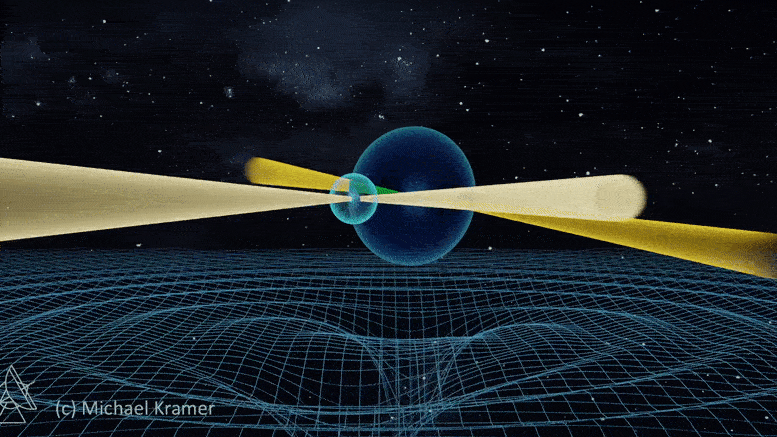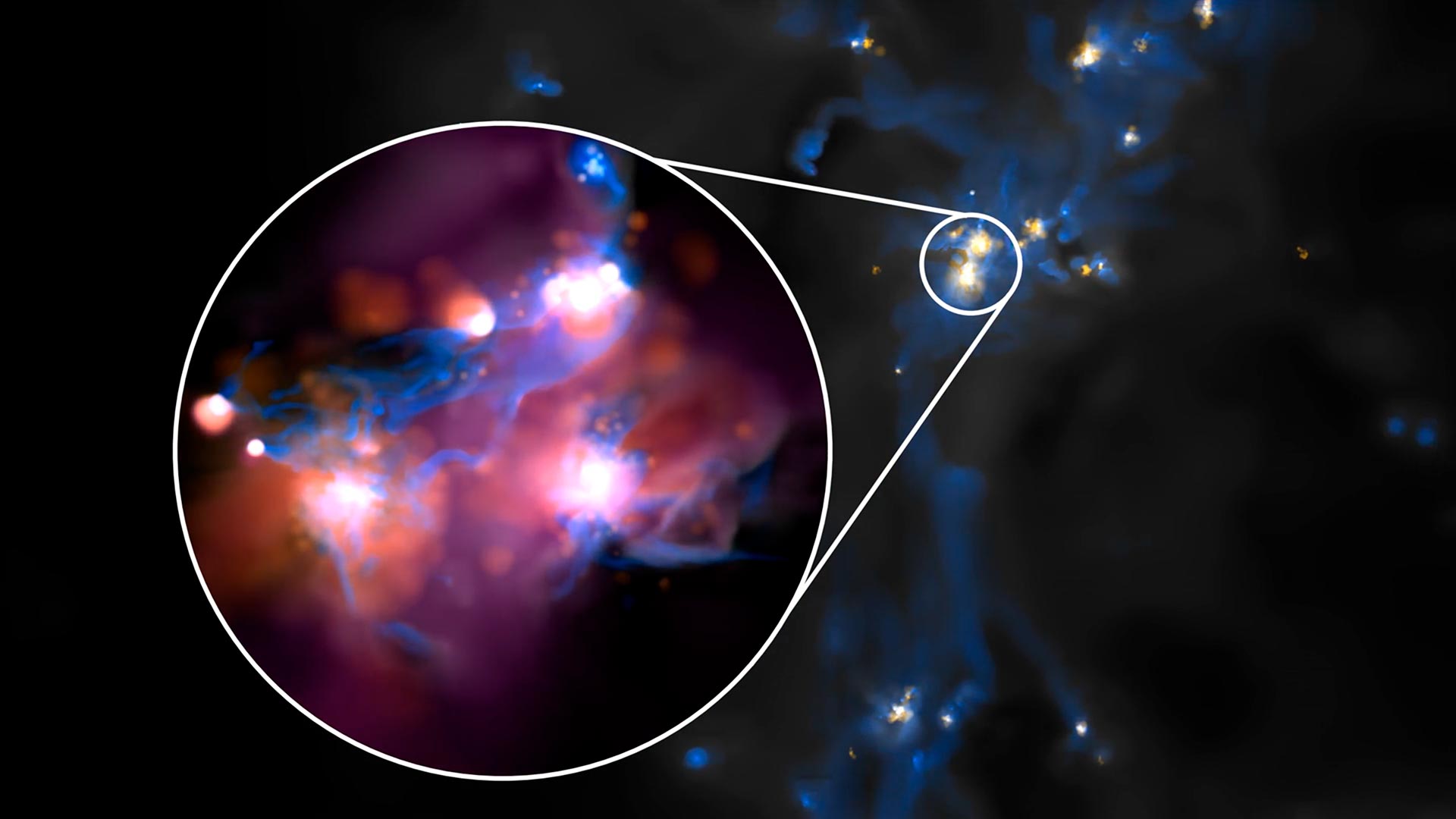The researchers taught their experimental device to recognize spoken vowels, a common benchmark task for neural networks. With the advantages of light, it could do so faster and more efficiently than an electronic device. Other researchers had known that light had the potential to be good for matrix multiplication; the 2017 paper showed how to put it into practice.
The study “catalyzed massive, renewed interest in ONNs,” said Peter McMahon, a photonics expert at Cornell University. “That one has been super influential.”
Bright Ideas
Since that 2017 paper, the field has seen steady improvement, as various researchers have come up with new kinds of optical computers. Englund and several collaborators recently unveiled a new optical network they call HITOP, which combines multiple advances. Most importantly, it aims to scale up the computation throughput with time, space and wavelength. Zaijun Chen, a former MIT postdoc now based at the University of Southern California, said this helps HITOP overcome one of the drawbacks of optical neural networks: It takes significant energy to transfer data from electronic components into optical ones, and vice versa. But by packing the information into three dimensions of light, Chen said, it shoves more data through the ONN faster and spreads the energy cost over many calculations. This drives down the cost per calculation. The researchers reported that HITOP could run machine learning models 25,000 times larger than previous chip-based ONNs.
To be clear, the system is still far from matching its electronic predecessors; HITOP performs about 1 trillion operations per second, whereas sophisticated Nvidia chips can chug through 300 times as much data, said Chen, who hopes to scale up the technology to make it more competitive. But the optical chip’s efficiency is compelling. “The game here is that we lowered the energy cost 1,000 times,” Chen said.
Other groups have created optical computers with different advantages. Last year, a team at the University of Pennsylvania described a new kind of ONN that offers unusual flexibility. This chip-based system shines a laser onto part of the semiconductor that makes up the electronic chip, which changes the semiconductor’s optical properties. The laser effectively maps the route for the optical signal to take — and hence the calculation it performs. This lets the researchers easily reconfigure what the system does. This is a stark difference from most other chip-based systems, optical and electric, where the route is laid down carefully in the fabrication plant and is very hard to change.
“What we have here is something incredibly simple,” said Tianwei Wu, the study’s lead author. “We can reprogram it, changing the laser patterns on the fly.” The researchers used the system to design a neural network that successfully discriminated vowel sounds. Most photonic systems need to be trained before they’re built, since training necessarily involves reconfiguring connections. But since this system is easily reconfigured, the researchers trained the model after it was installed on the semiconductor. They now plan to increase the size of the chip and encode more information in different colors of light, which should increase the amount of data it can handle.
It’s progress that even Psaltis, who built the facial recognition system in the ’90s, finds impressive. “Our wildest dreams of 40 years ago were very modest compared to what has actually transpired.”
First Rays of Light
While optical computing has advanced quickly over the past several years, it’s still far from displacing the electronic chips that run neural networks outside of labs. Papers announce photonic systems that work better than electronic ones, but they generally run small models using old network designs and small workloads. And many of the reported figures about photonic supremacy don’t tell the whole story, said Bhavin Shastri of Queen’s University in Ontario. “It’s very hard to do an apples-to-apples comparison with electronics,” he said. “For instance, when they use lasers, they don’t really talk about the energy to power the lasers.”
Lab systems need to be scaled up before they can show competitive advantages. “How big do you have to make it to get a win?” McMahon asked. The answer: exceptionally big. That’s why no one can match a chip made by Nvidia, whose chips power many of the most advanced AI systems today. There is a huge list of engineering puzzles to figure out along the way — issues that the electronics side has solved over decades. “Electronics is starting with a big advantage,” said McMahon.
Some researchers think ONN-based AI systems will first find success in specialized applications where they provide unique advantages. Shastri said one promising use is in counteracting interference between different wireless transmissions, such as 5G cellular towers and the radar altimeters that help planes navigate. Early this year, Shastri and several colleagues created an ONN that can sort out different transmissions and pick out a signal of interest in real time and with a processing delay of under 15 picoseconds (15 trillionths of a second) — less than one-thousandth of the time an electronic system would take, while using less than 1/70 of the power.
But McMahon said the grand vision — an optical neural network that can surpass electronic systems for general use — remains worth pursuing. Last year his group ran simulations showing that, within a decade, a sufficiently large optical system could make some AI models more than 1,000 times as efficient as future electronic systems. “Lots of companies are now trying hard to get a 1.5-times benefit. A thousand-times benefit, that would be amazing,” he said. “This is maybe a 10-year project — if it succeeds.”
Note: This article have been indexed to our site. We do not claim legitimacy, ownership or copyright of any of the content above. To see the article at original source Click Here













